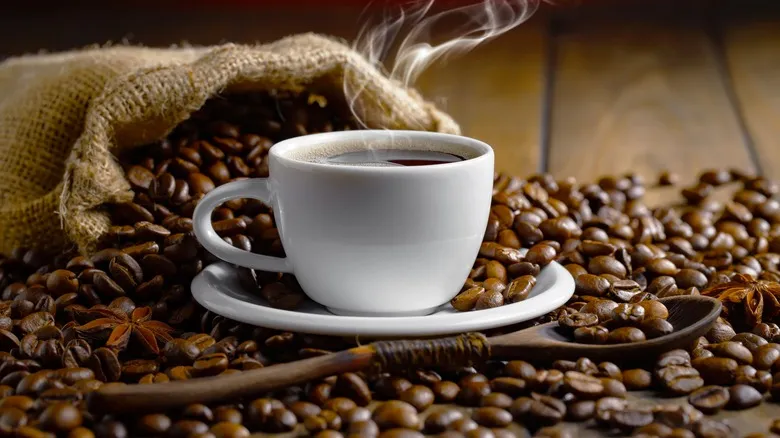The role of CO2 and the coffee valve
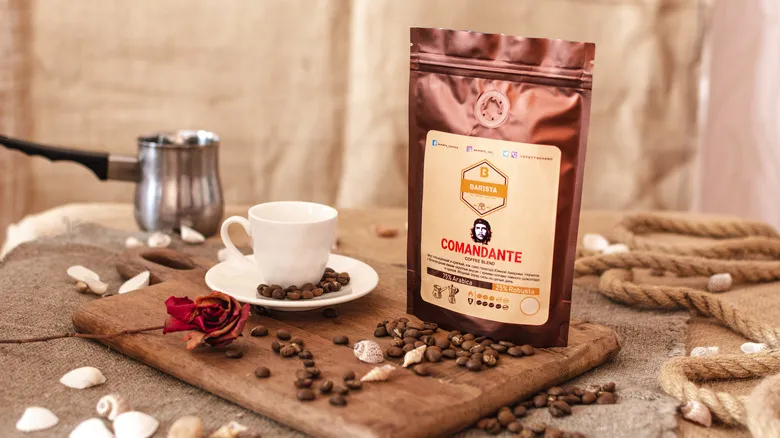
When coffee manufacturers package their product, they typically place freshly roasted coffee into bags featuring a small, navel-like valve on the front. This one-way valve allows carbon dioxide (CO2) to escape while preventing oxygen from entering the bag. Although it may appear somewhat unusual, its absence can lead to undesirable outcomes. For instance, coffee packaged without a valve can explode due to the buildup of excess CO2. Since roasting coffee generates CO2, the valve is essential.
Properly packaged coffee—valve included—can remain fresh in the bag for several months. The importance of packaging in maintaining freshness cannot be overstated. Many coffees are now sold in paper bags, which, while aesthetically pleasing, compromise the coffee's long-term freshness. Unlike foil bags with a valve, paper does not effectively block oxygen from reaching the coffee.
Moreover, if you purchase whole bean coffee, you may find that it tastes better if you allow it to rest for up to 10 days before grinding. This is because, after roasting, the CO2 escapes rapidly, similar to a puppy breaking free from a fenced area. As time passes, this gas release slows down, making it more beneficial to wait a bit before grinding and enjoying your coffee.
What about the harvest date?
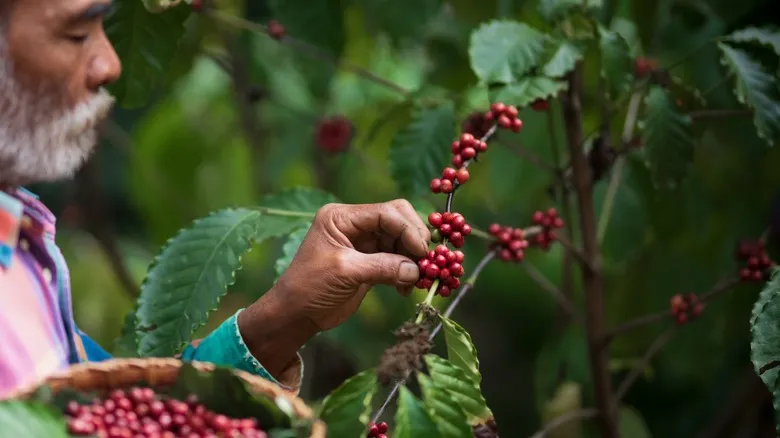
It can take several months for raw coffee beans to transition from being harvested to reaching the roaster's bin. While checking the harvest date can indicate when your preferred coffee was in season, it's crucial to understand that a significant amount of time may elapse between the picking and roasting of the beans. Therefore, the harvest date may not accurately reflect the coffee's freshness. Ultimately, the roasting and packaging dates are what truly influence the flavor of your coffee from the very first sip.
Given this, it can be more beneficial to pay attention to the "best by" date. Roasters often conduct experiments on various coffee batches to determine how long roasted coffee can remain in its packaging without compromising quality. Through these tests, they establish the "best by" dates. This information allows manufacturers or roasters to conclude that their coffees will maintain a fresh taste within a certain timeframe, indicated by the "best by" date. If consumed by that date, your coffee should still taste delightful and fresh, regardless of the harvest or roast dates.
Recommended
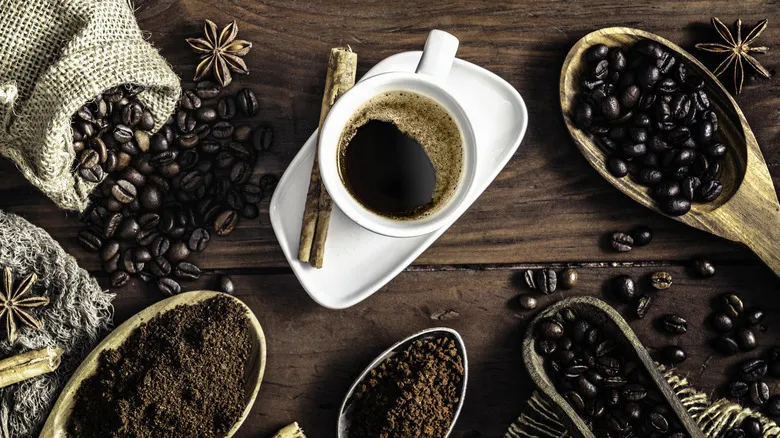
How Much Caffeine Is There In Decaf Coffee?
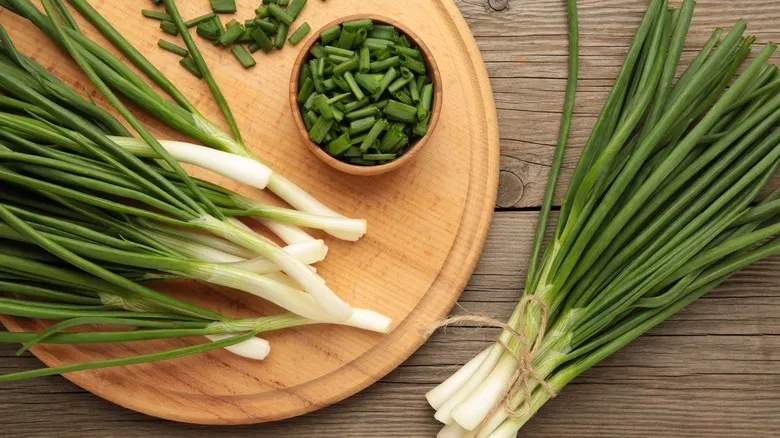
Green Onion Coffee Is All The Rage In China. Is It Worth Trying?

A Coffee Expert's Advice On Making Latte Art For Beginner Home Baristas
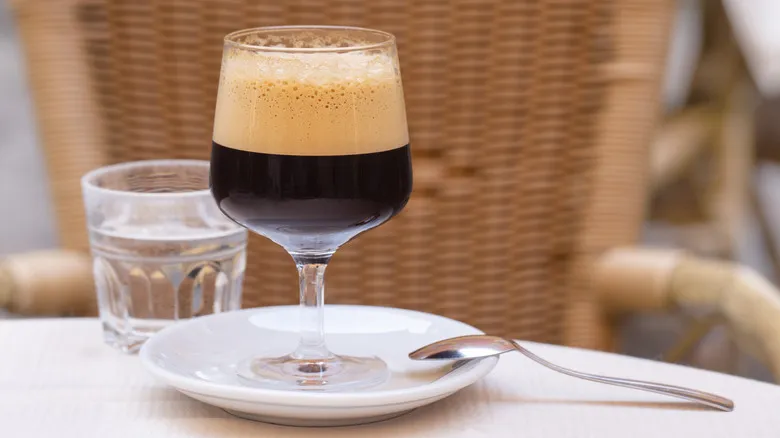
Shakerato: The Italian Iced Coffee Style You Can't Miss Out On
Next up

